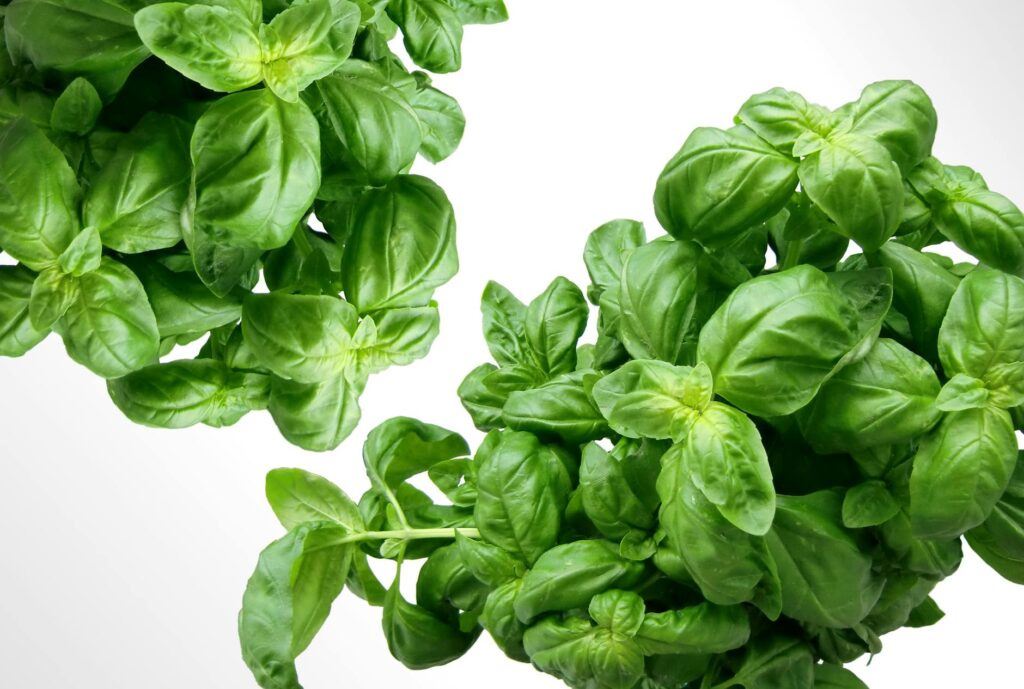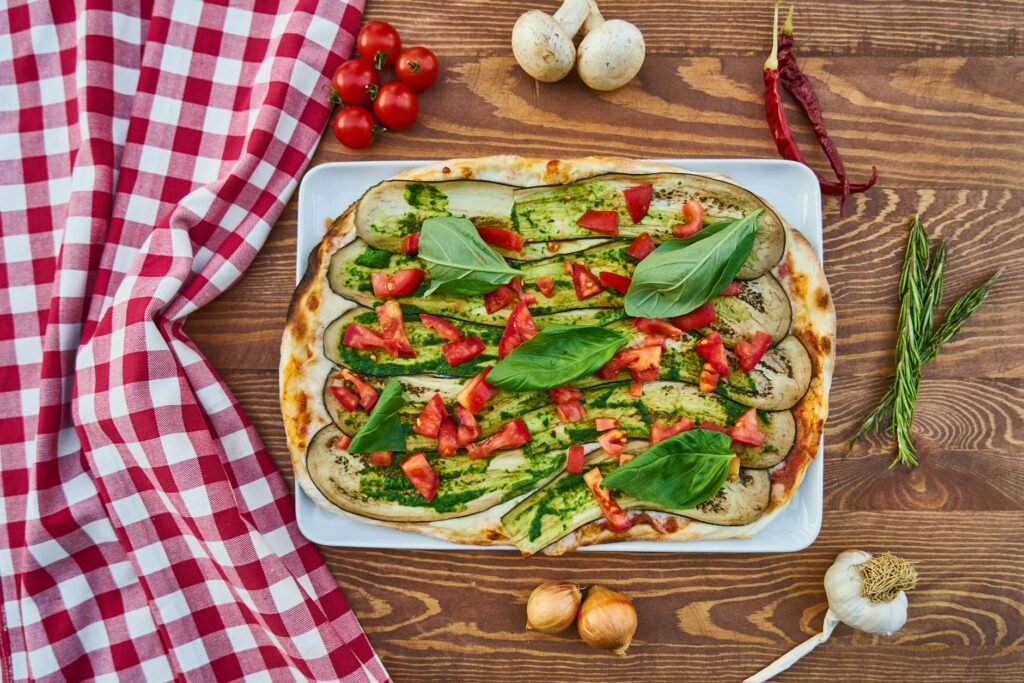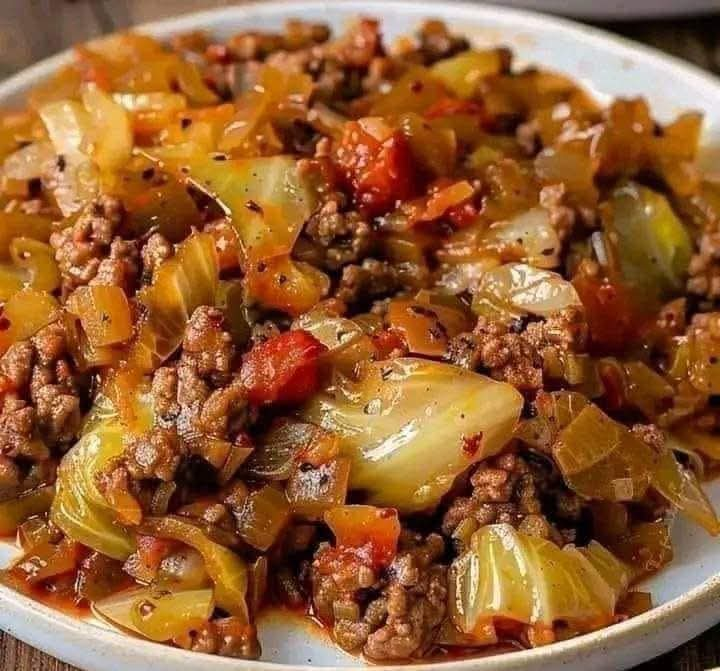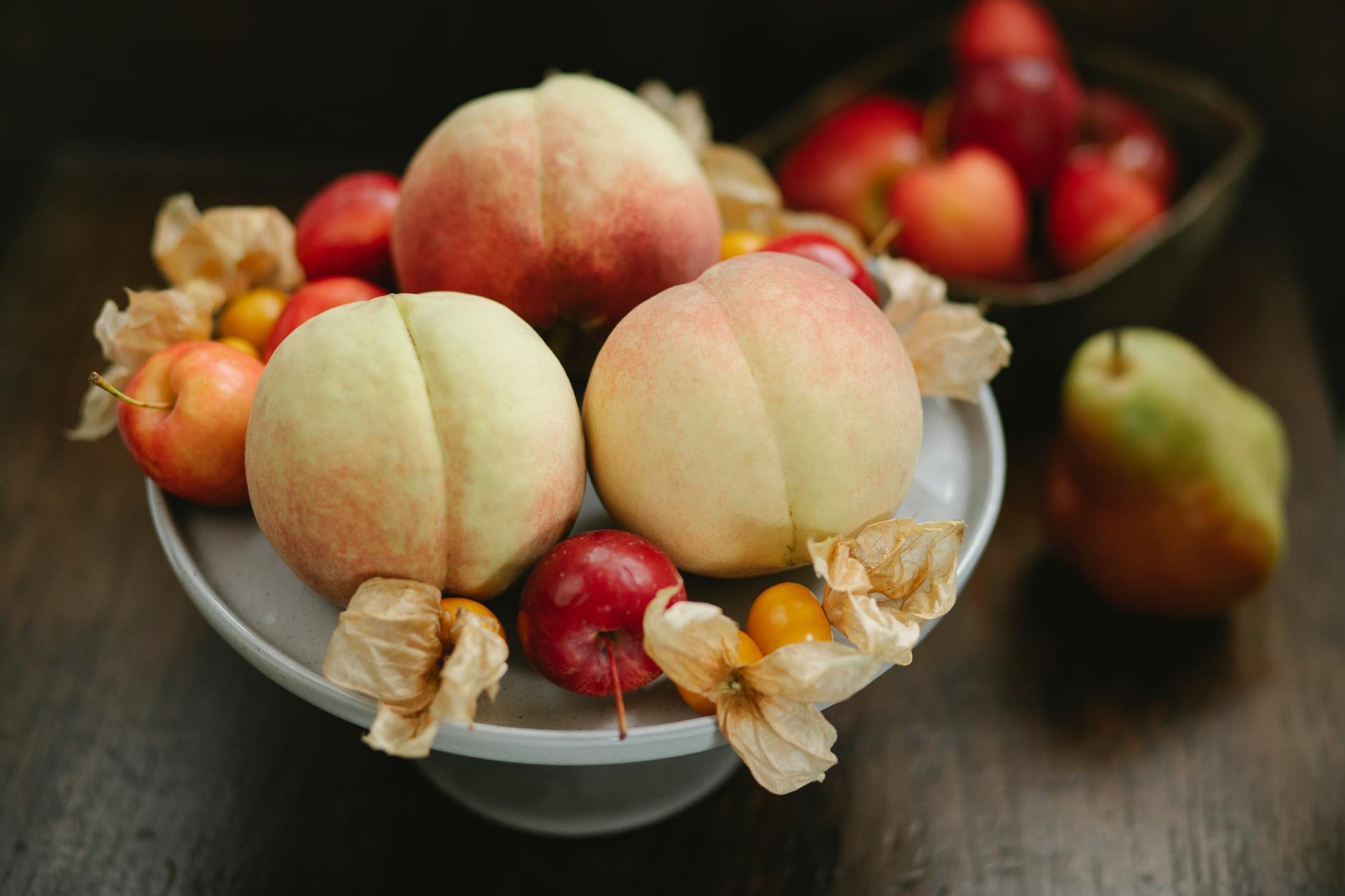Liguria, the Italian Riviera, is a land of breathtaking coastal views and culinary delights. And at the heart of its gastronomic treasures lies Pesto alla Genovese, a vibrant sauce that embodies the region’s fresh ingredients and simple elegance. This post will guide you through making this iconic sauce and pairing it with the perfect pasta: Trofie.
Understanding Pesto alla Genovese
Authentic Pesto alla Genovese is more than just a sauce; it’s a tradition. It demands specific ingredients and a meticulous preparation process. Forget the pre-made jars; the true magic lies in the freshly pounded basil, high-quality olive oil, and the right balance of ingredients. We’ll explore each component in detail, ensuring you achieve the perfect flavour profile. 
Sourcing the Finest Ingredients
The quality of your pesto hinges entirely on the quality of your ingredients. Look for bright green, fragrant basil leaves. Choose Parmigiano-Reggiano and Pecorino Sardo cheeses for their sharp and salty notes. Use extra virgin olive oil that is fruity and peppery. And for the pine nuts, opt for those that are fresh and flavorful, not rancid. You’ll find that using high quality ingredients will make all the difference. Learn more about selecting the best basil.
The Art of Pestling: A Traditional Approach
Traditionally, pesto is made using a marble mortar and pestle. This method slowly releases the oils from the basil, creating a smoother, more fragrant sauce. While food processors can be used, the pestle offers a more nuanced and controlled process. The rhythmic motion and careful grinding are integral to the pesto-making experience.  See our guide on using a mortar and pestle for best results.
See our guide on using a mortar and pestle for best results.
Trofie: The Perfect Pasta Partner
Trofie, a small, twisted pasta from Liguria, is the ideal vessel for Pesto alla Genovese. Its irregular shape provides ample surface area for the pesto to cling to, ensuring every bite is bursting with flavour. Preparing the Trofie al dente is critical for achieving the perfect balance of texture and taste. Discover other pasta options that work well with pesto.
Bringing it all Together: Making Pesto alla Genovese
Now for the exciting part! Follow our step-by-step guide to create your own delicious Pesto alla Genovese. Remember to taste and adjust the seasoning to your preference. Don’t be afraid to experiment with the ingredient ratios to find your perfect balance. The key is to be patient and to enjoy the process. [IMAGE_3_HERE]
Conclusion
Making Pesto alla Genovese with Trofie is a journey that connects you to the rich culinary heritage of Liguria. The process itself is meditative, and the reward—a bowl of vibrant, flavourful pasta—is truly satisfying. Enjoy the fruits of your labor! Find more Ligurian recipes here.
Frequently Asked Questions
What type of basil is best for Pesto Genovese? Genovese basil, also known as ‘sweet basil’, is traditionally used for the most authentic flavour.
Can I store leftover pesto? Yes, store leftover pesto in an airtight container, covered with a thin layer of olive oil, in the refrigerator for up to a week.
Are there variations of pesto? Absolutely! You can experiment with different nuts, cheeses, and even add roasted vegetables or chillies for unique twists on the classic recipe.
What wine pairs best with Pesto alla Genovese? A crisp, dry white wine from Liguria, such as Vermentino, is a perfect accompaniment.
Is it necessary to use a mortar and pestle? While traditionally preferred, a food processor can be used for a quicker method, though the texture might differ slightly.


